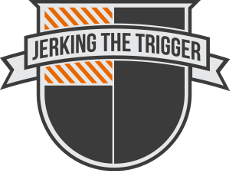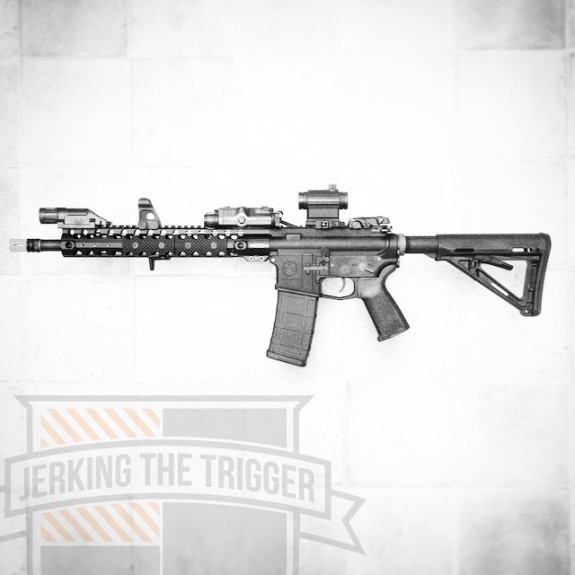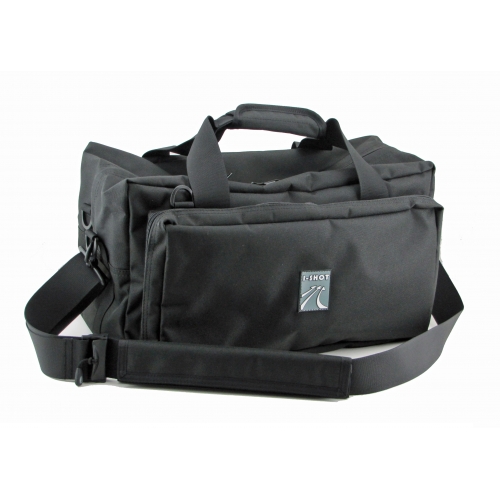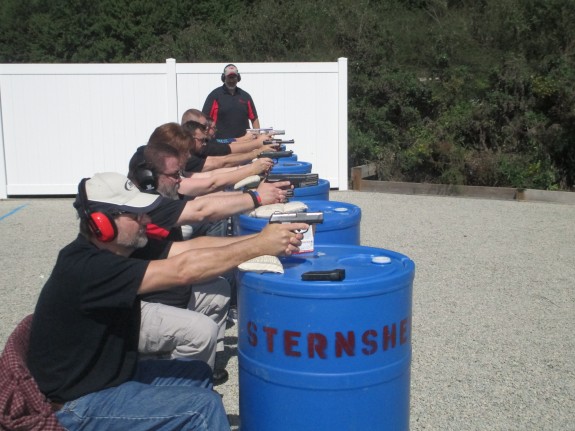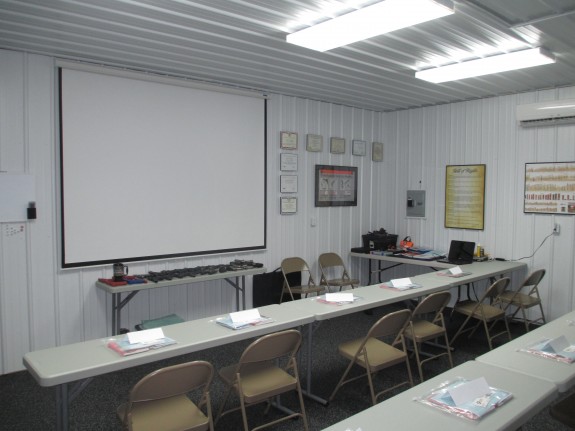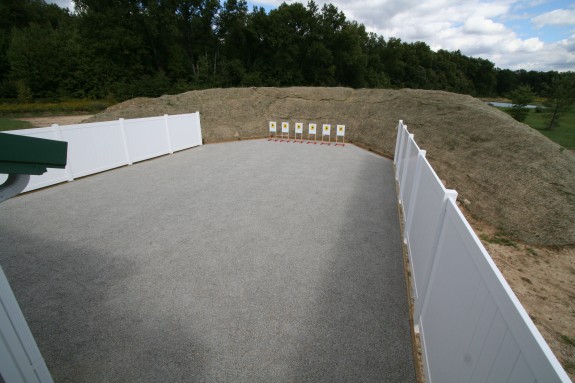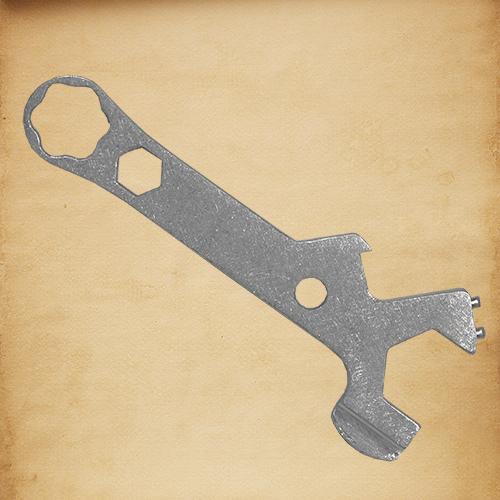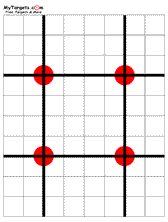I recently posted a picture of an airsoft training carbine on JTT’s Instagram account. The carbine has an extended rail (as most of my carbines do) with a rail-mounted front sight placed several slots behind my white light which is out near the end of the rail. The picture was shared by one of the manufacturers represented in the carbine and a comment was made by a Facebook user that my sights were “way too far back”. He was concerned about the sight radius of my back up iron sights… which reminded me of a post that I have been intending to write for a while.
Priorities are in important in life and they are important in gear and techniques. The above is just one example of dogma getting in the way of what works due to a lack of understanding priorities. Priorities dictate that I am far more likely to use my light than my back up iron sights. Since that is the case, doesn’t it make sense to have as much room behind the light as is needed to operate it without adjusting my grip especially since the sights will still be functional even if they are mounted back a few inches? If you are so wrapped up in achieving maximum sight radius on your back up iron sights that it reduces the effectiveness of your light or your grip, your priorities are out of whack.
That is just one example out of many that are easy to spot if you take a moment to think. Why do so many “survivalist” types train the same way as the police and military when it comes to reloads. It seems to me that someone with a long term survival mindset and no resupply organization behind them should be training to retain magazines (at least some of the time).
Why do people still refuse to use weapon lights? Perhaps they have prioritized the possibility that the light might draw fire over shooting dark, unidentified shapes in the night. I suspect many have learned the same safety rules as I have and yet, they conveniently throw out Rule 4 when it comes to weapon lights.
Why do so many shooters emphasize shooting courses and turn up their noses at combatives and first aid training? I suspect most people are more likely to need to know how to use a pressure bandage or throw a punch than to need to draw their handgun in anger over the course of their lives.
The answer to the above questions and many, many more like them is a lack of understanding of priorities. Setting priorities is just another way of letting your mission drive your gear and training decisions. You can’t make those kind of decisions without information so take some professional training, spend some time on the range, challenge what you know, and start setting some priorities.
